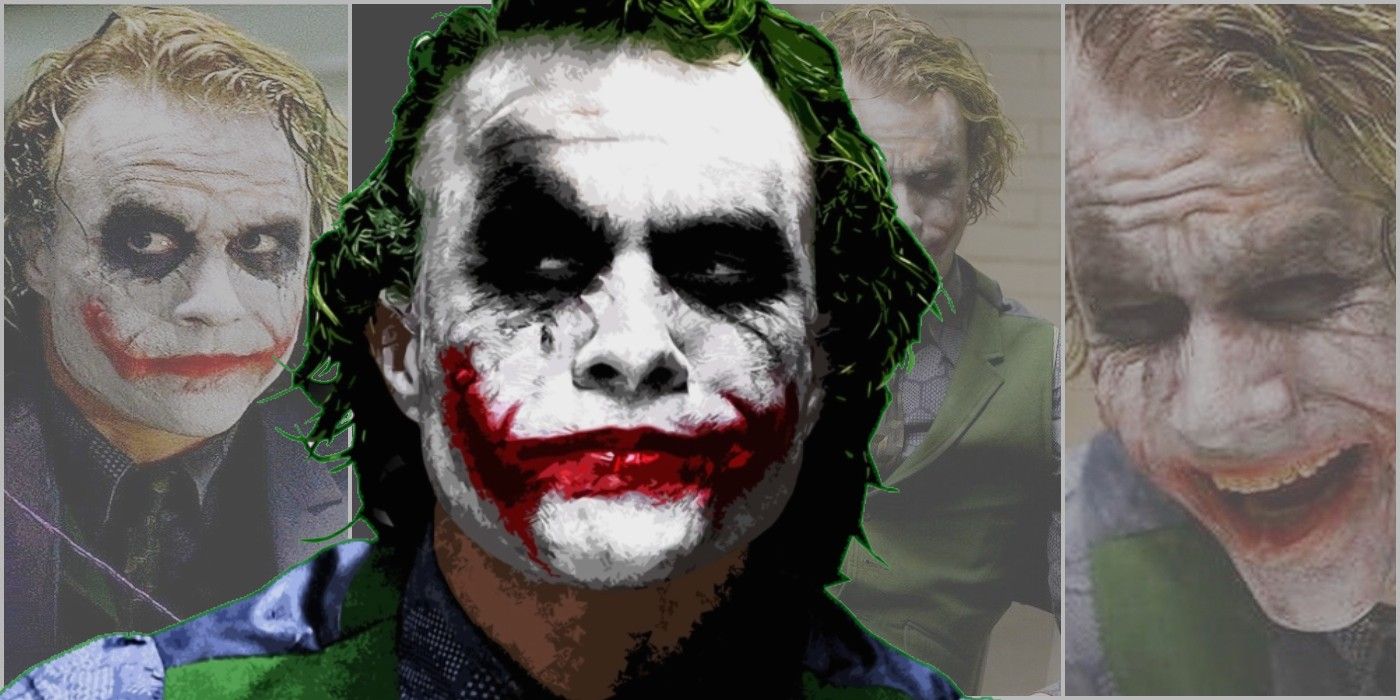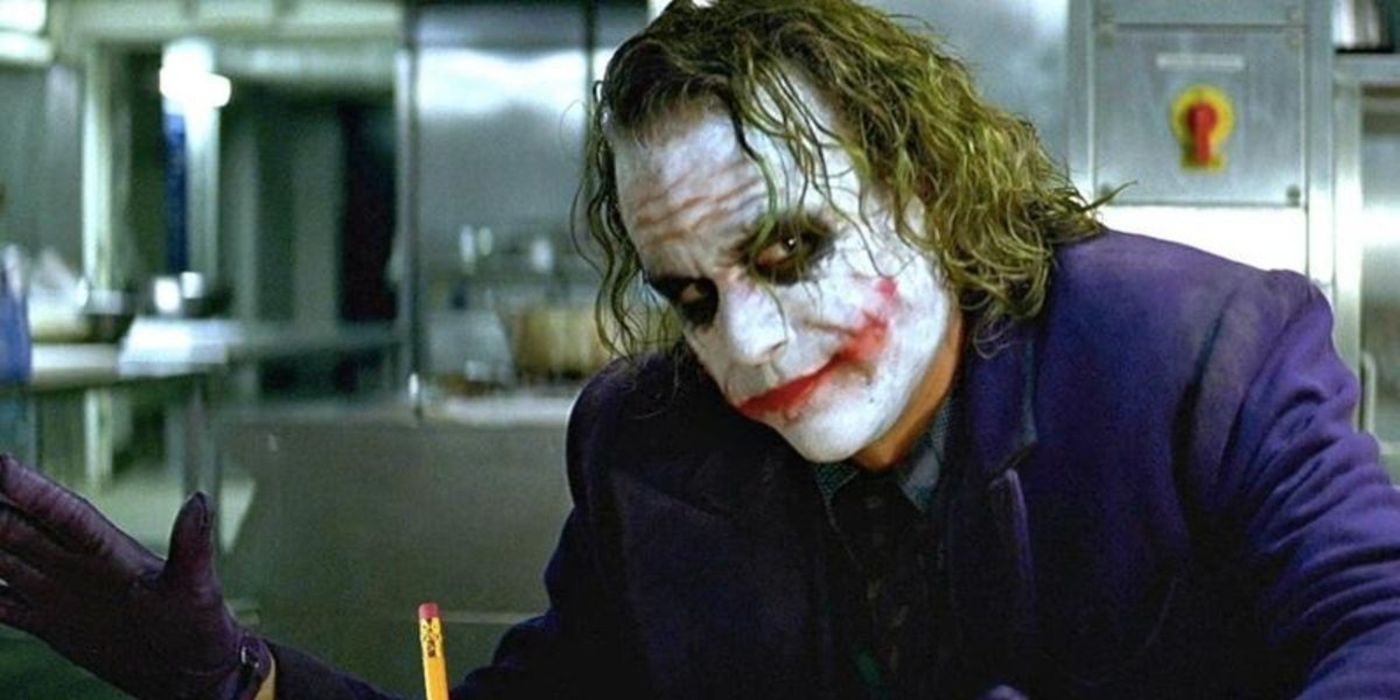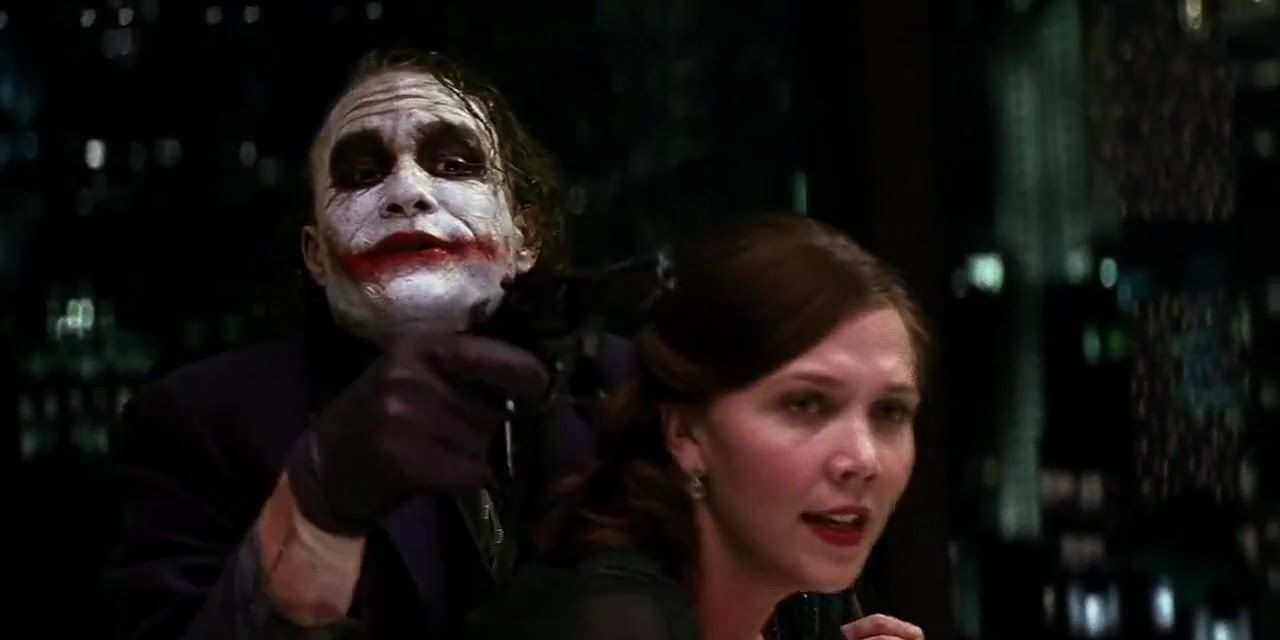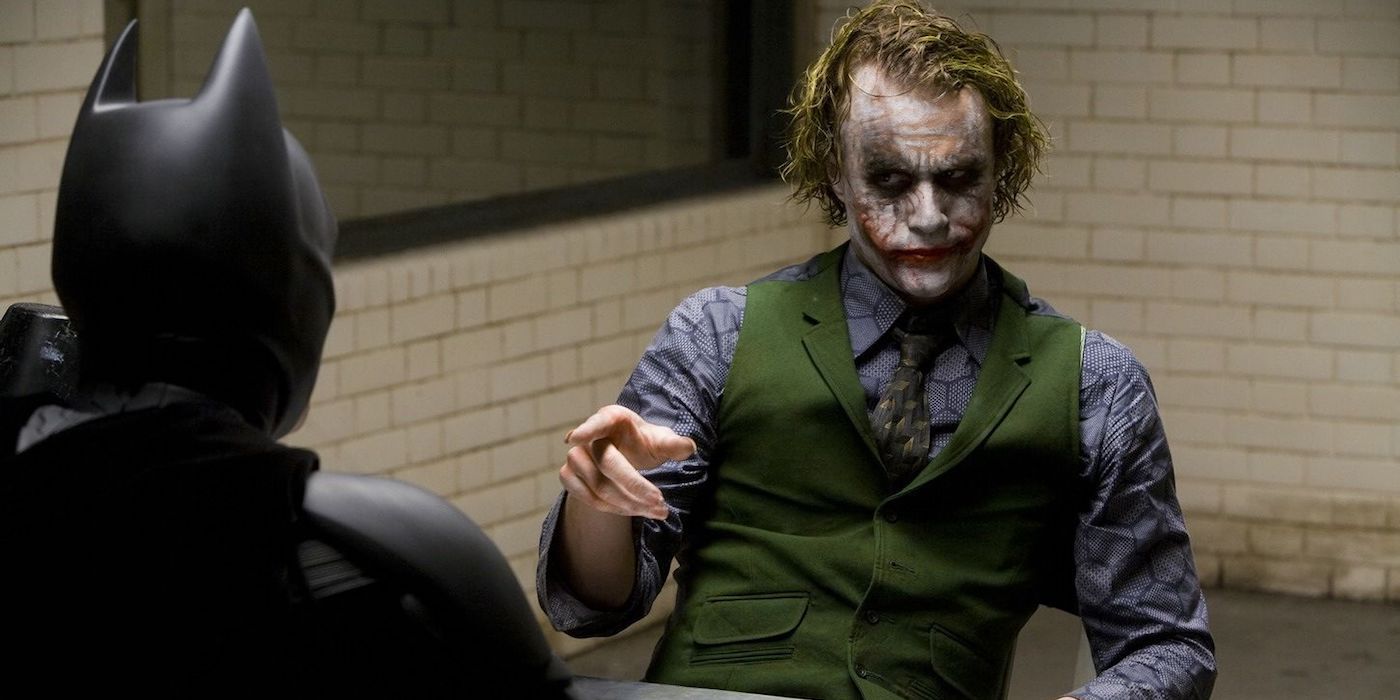Out of all the Batman villains, the Joker is undoubtedly the most iconic. Over the years, several different actors have worn the makeup and scars, adding their own iterations to the villain’s storied past. Many of those actors put on stellar performances; however, Heath Ledger's Joker, from 2008’s The Dark Knight, arguably stands head and shoulders above all of the other versions. Ledger’s darkness, his calculated, ironic humor and his penchant for chaos are what make the Joker come to life as the character teeters on the edge of madness.
All of that notwithstanding, the thing about Ledger’s Joker that sets the character apart is the aura of mystery that revolves around him. In fact, the biggest questions in The Dark Knight trilogy surround Ledger’s Joker and the origin of the character – more specifically, how the Joker got his scars. While the Joker tells the story multiple times, he changes his story every time. These are the stories he tells and what the changes in each mean for his character.
The Joker’s First Scar Story Shows His Hate for Authority
The Joker’s first scars story comes when he kills the mobster Gambol in The Dark Knight. The Joker’s goons bring his “dead” body to Gambol looking for a reward. So, while Gambol's guard is down, the Joker jumps up and grabs the mobster. Then, holding a knife to Gambol’s mouth, the Joker tells his story: one night, his mother was defending herself from his father with a kitchen knife. His father, who was a heavy drinker, took the knife and, seeing his son watching, asked him, “Why so serious?” He then proceeded to “put a smile” on his son’s face.
The audience for his first story is a mob boss. Gambol is a proud, arrogant leader, who knows his power and isn’t afraid to use it. As a result, the Joker’s story is about a person in authority doing the wrong thing. He frames his father as a drinker and relays how he committed bodily harm to his son. A father figure is supposed to help his children, not hurt them. So, this story shows how the Joker believes that people in authority will make bad decisions that hurt others, but they always get their comeuppance. It’s easy to imagine the Joker coming back and taking revenge on his father, just like how he kills Gambol after the mob boss insults him earlier in The Dark Knight.
The Joker’s Second Scar Story Shows That No Good Deed Goes Unpunished
The second time that the Joker addresses his scars comes at a party. First, he goes after a man that stands up to him. The Joker starts to compare the man to his hated father when Rachel interrupts him. This time, his story is totally different: he says that his wife’s gambling addiction ended with her face being carved up. So, he – wanting her to know that he didn’t care about the scars – carved his own face to look like her. After that, she couldn’t stand the sight of his face and left.
The Joker’s first story shows that misdeeds will be punished, but the second story shows how good deeds will also be punished. In this story, he paints himself as the protagonist, and, with only good intentions, he carves his face so that his wife won’t feel alone. Unfortunately, his wife leaves him, and what he thought would help only hurts.
The Joker’s Final Scar Story Shows How He Loves Hopelessness
After The Dark Knight's famous interrogation scene, the Joker is sitting on the floor of the GCPD when he asks a detective if he wants to know why he uses knives as his weapon of choice. It’s a little different than when he asks directly about his scars, but it still covers the same premise. The detective doesn’t respond, but the Joker answers his own question anyway. Simply put, guns work too fast because he likes to see what people are like in their last moments.
His first two stories show that he believes that good deeds and bad deeds will all be punished because society is ultimately hopeless. Later in the movie, when he puts all of those people on a boat and threatens their lives, he is trying to prove that fact. He wants to see how they react in their final moments, just like his rationale for killing with a knife. Like Albert says, he wants to “watch the world burn,” but he also wants the world to know that it's burning.
Ultimately, the mystery of how the Joker got his scars may never be answered because he changes his story based on his audience. However, all of his stories show his negative view of society and order, preferring to be an “agent of chaos.”




